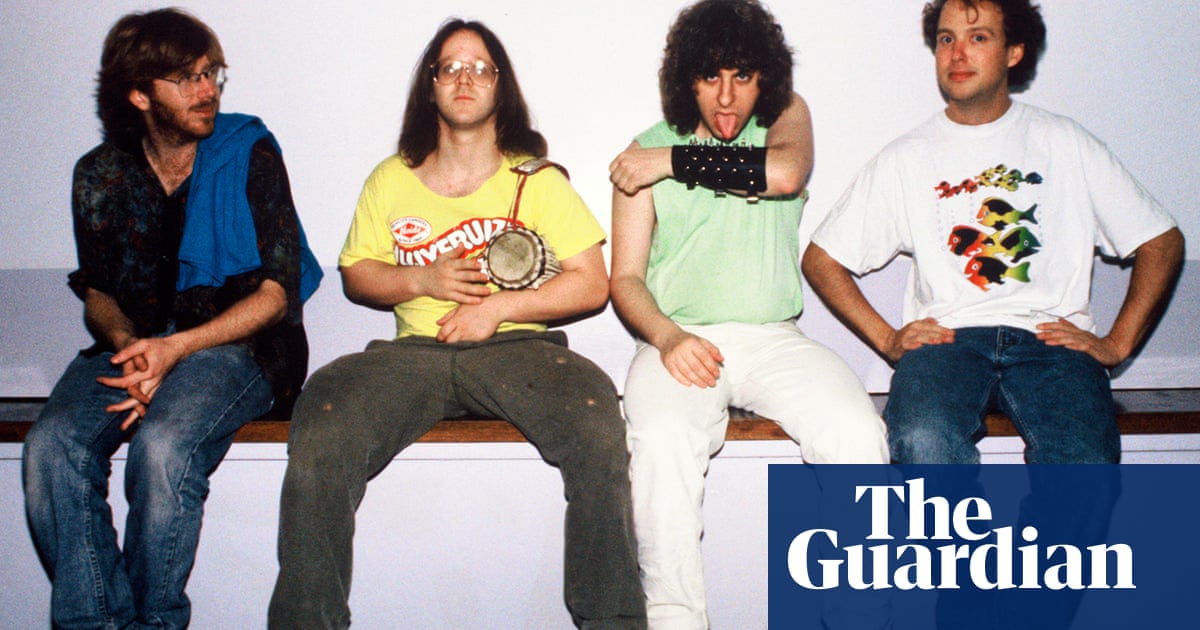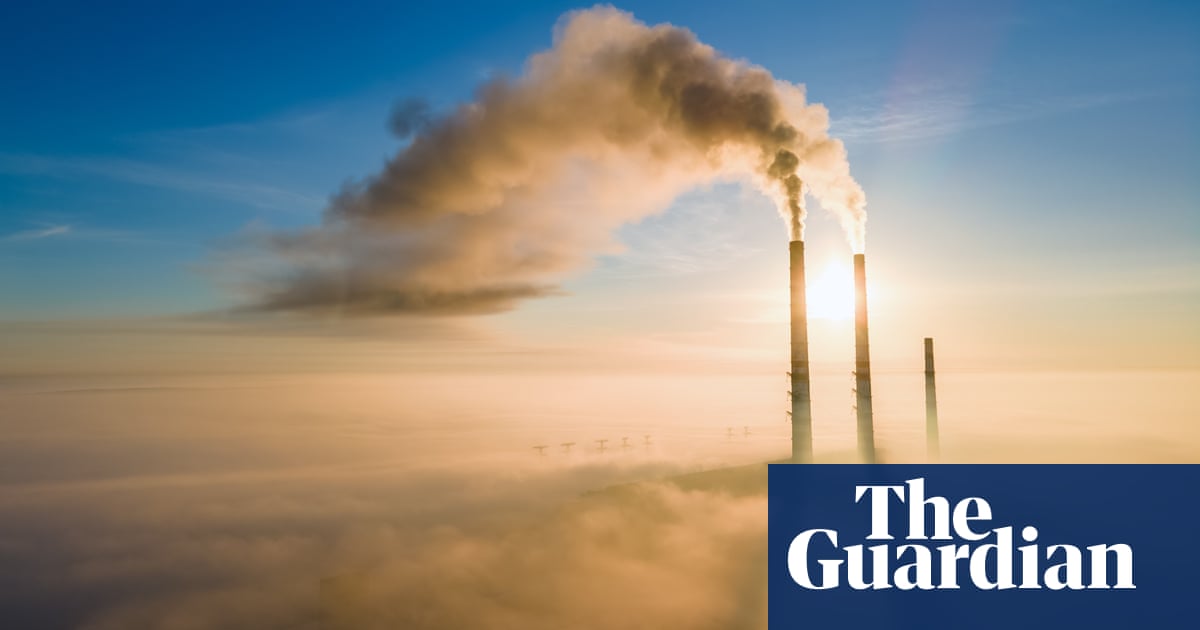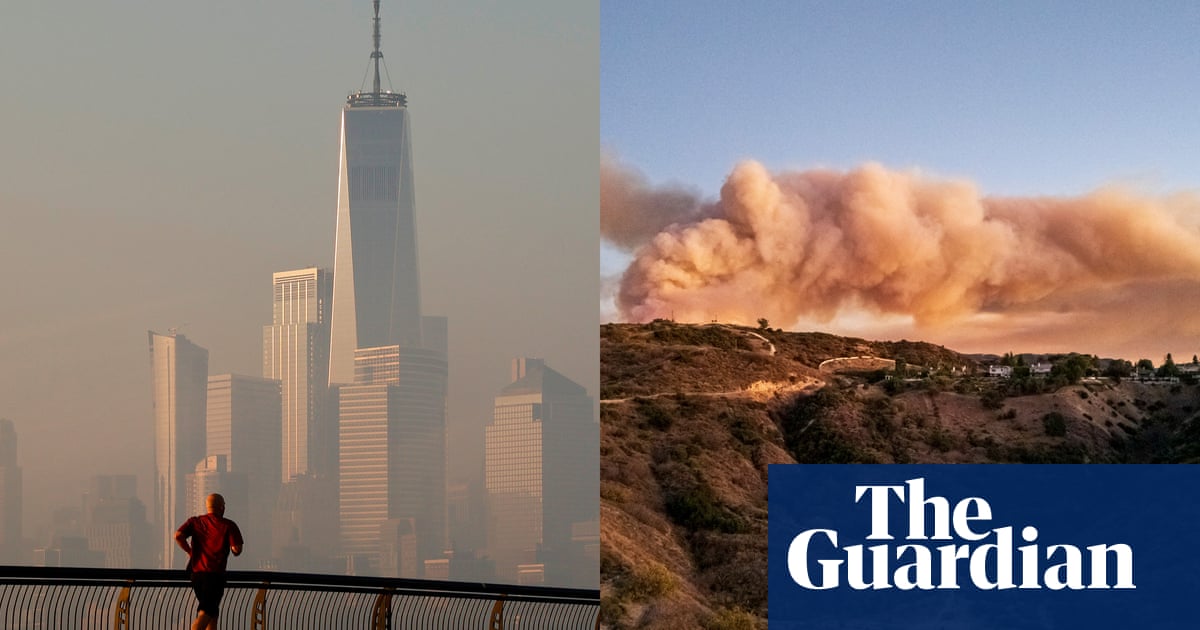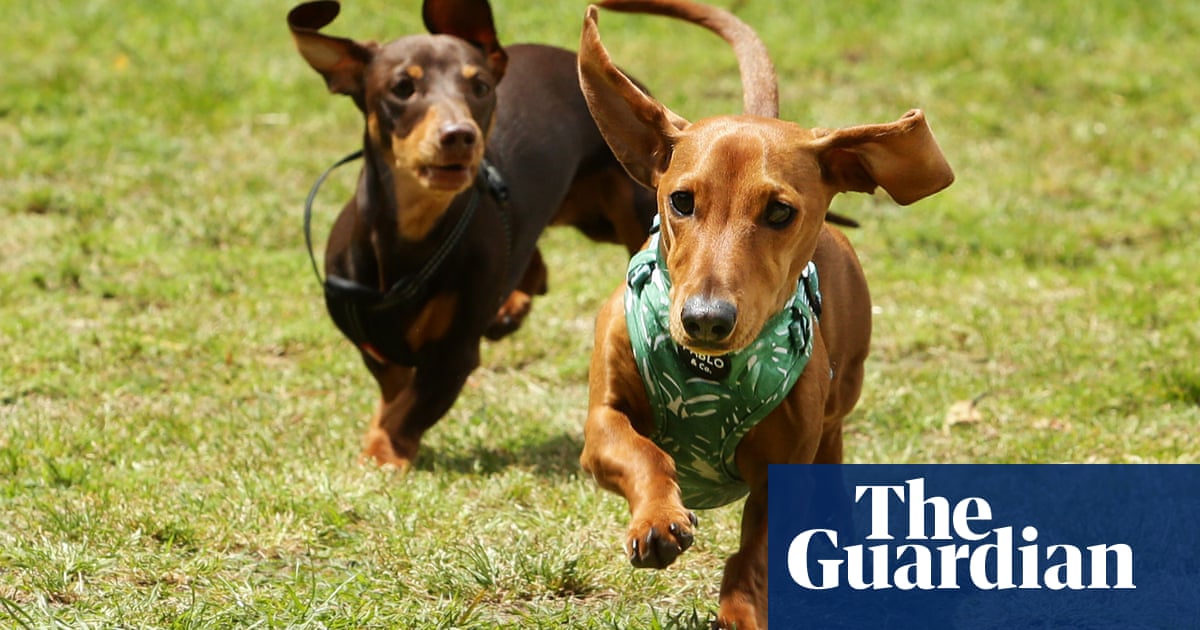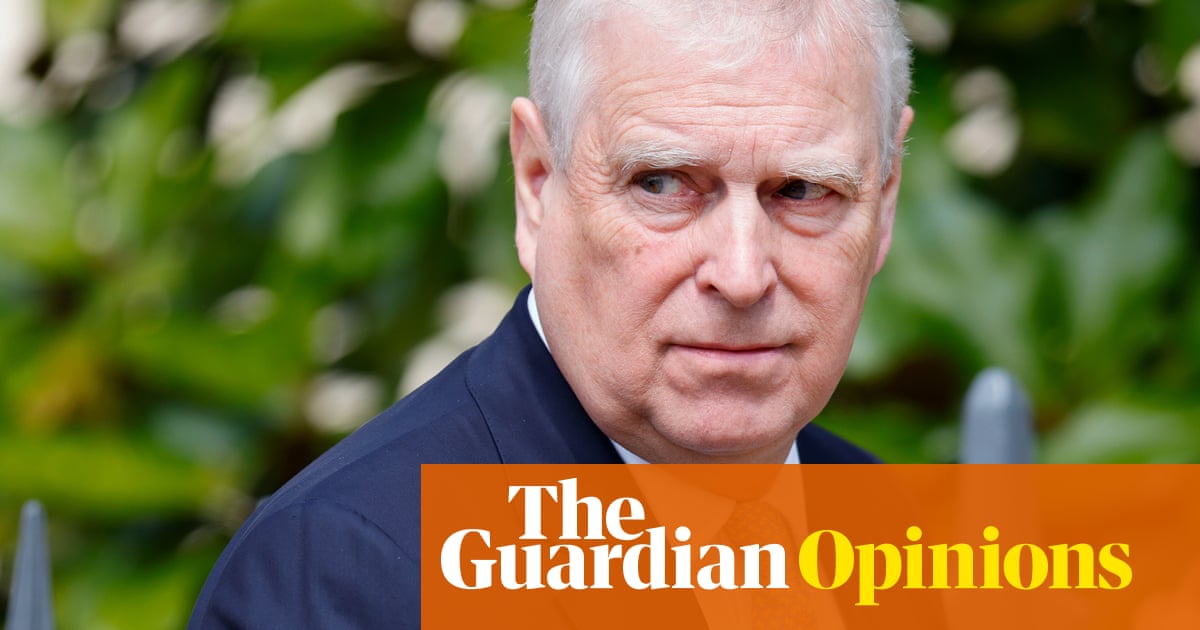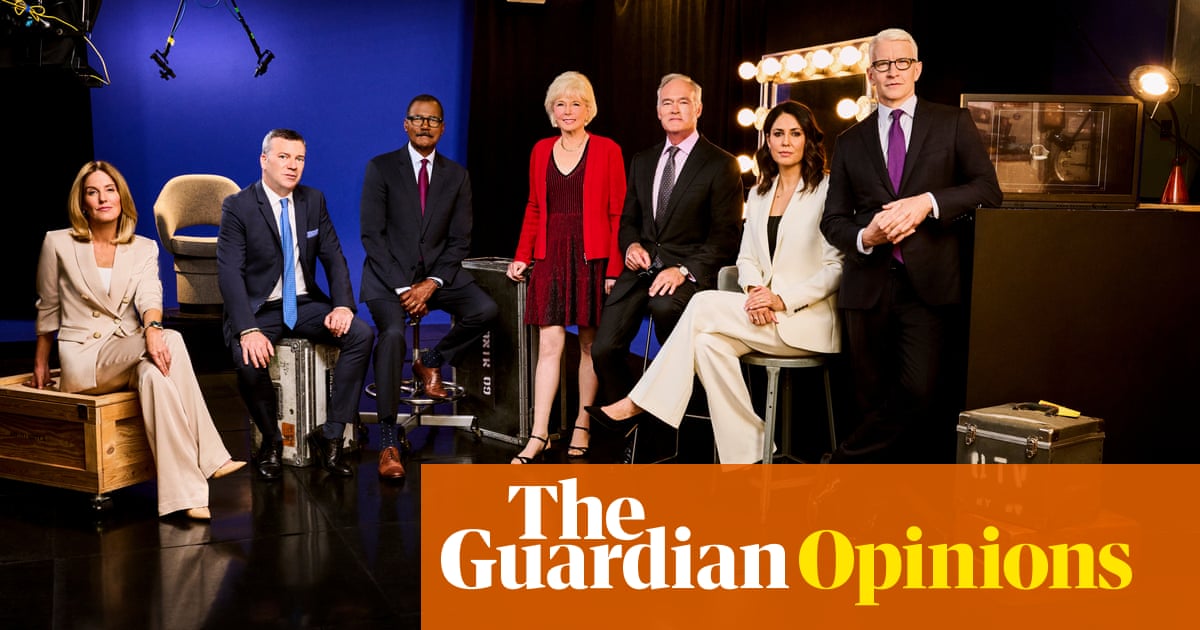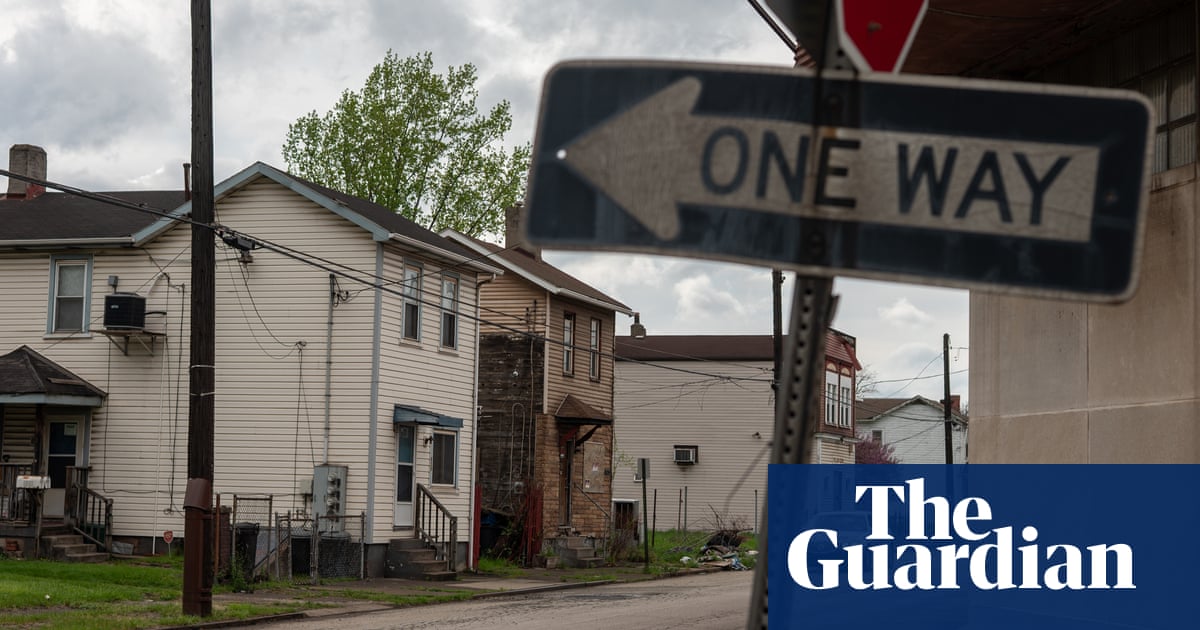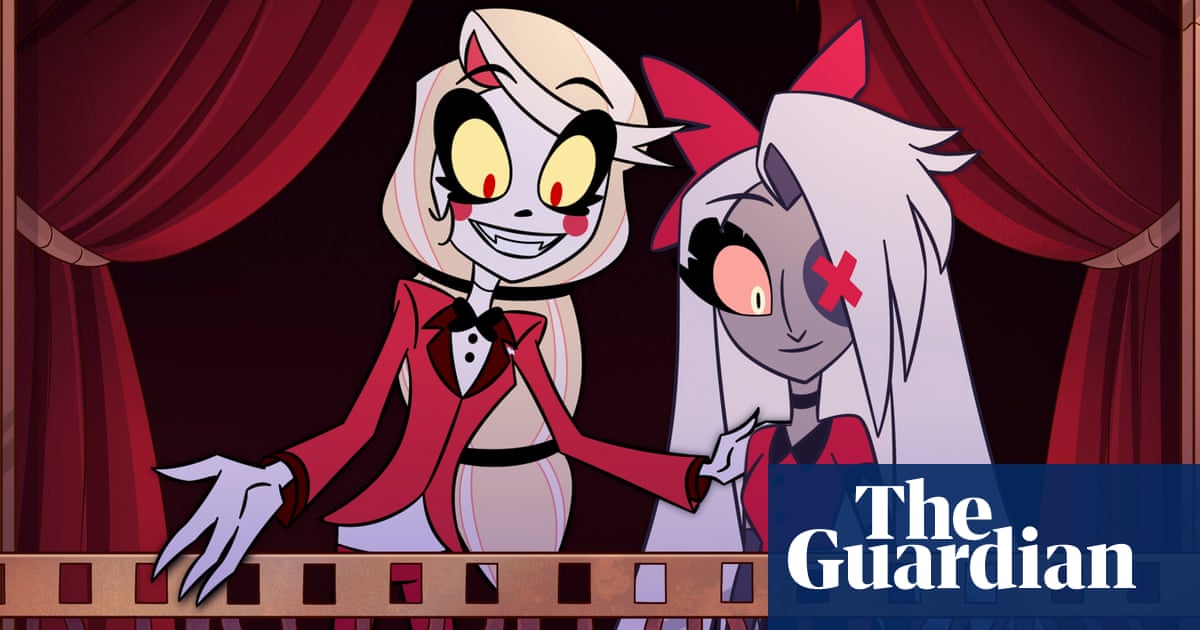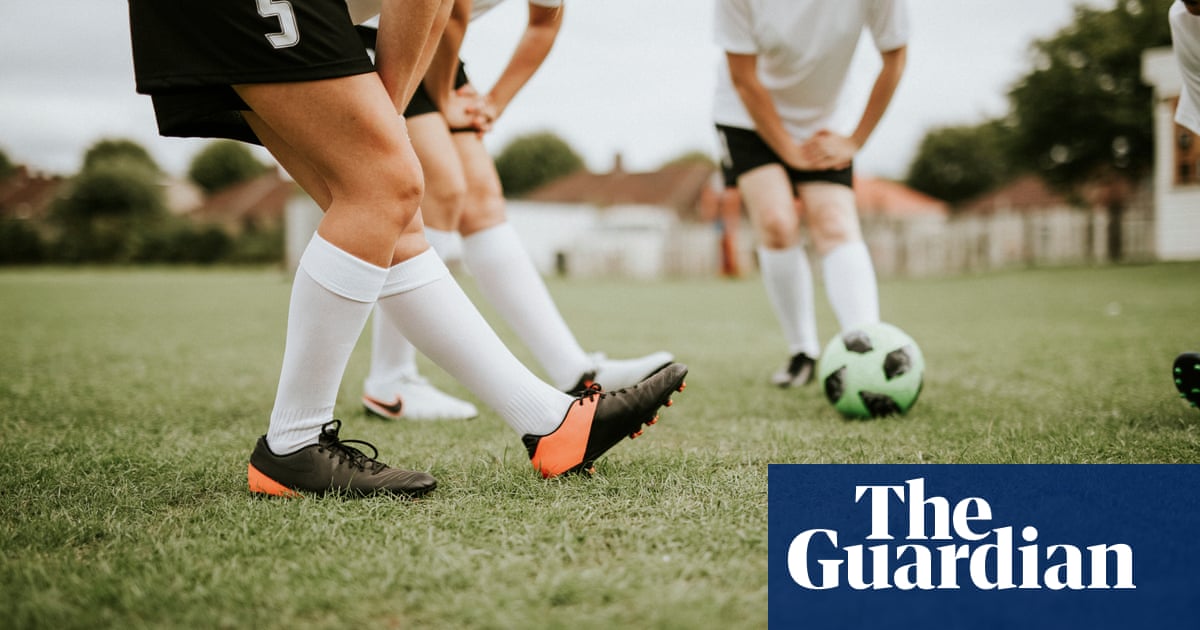Sometimes passengers congratulate Maria Pernia-Digings, 61, on her parking. When she tells me this, she tries to laugh it off as a tiny slight, barely worth commenting on. Others don’t bother to hide their shock, and greet her as they leave the plane with blunt amazement: “Oh, you’re a woman!”
“It’s lovely. People are very supportive,” she says, before conceding she finds some of the feedback extremely trying. Remembering the last male passenger to compliment her on her parking, she says: “It is a bit sad, isn’t it, if he thinks that because I’m a woman, I can’t park?”
She feels equally weary about the effusive support from some travellers, gushing phrases such as: “Girl power!” She wears a blue easyJet pilot suit with four silver stripes on the cuffs, indicating her senior rank. “I don’t like to be made to feel different,” she says.
But Pernia-Digings is different. Despite more than a decade of initiatives designed to increase the number of women flying planes, just 6.5% of pilots working for UK companies are women, and the number drops further for captains, such as Pernia-Digings, who has built up 16,000 hours of flight time since 1990.
Gender pay gap research released last month by all airline companies revealed sluggish progress. The structure of most airlines has pilots and engineers, mostly men, at the top of the pay scale, and cabin crew, mostly women, at the bottom. At easyJet, women took home 53p for every pound that men earned, reflecting the fact that women make up just 12% of employees in the highest-paid quarter of the organisation’s staff and 73% of staff in the lowest-paid quarter. Women’s median bonus pay was 27.9% lower than their male colleagues’.
All UK organisations with more than 250 staff have to report these figures, which reflect pay distribution in a company (rather than exposing employers for illegally paying women less than male colleagues in identical roles). For comparison, the Guardian this year reported a median gender pay gap of 6%; the Ministry of Defence 9%; Goldman Sachs Asset Management 29% (with women’s median bonus at the firm 59.5% lower than men’s).
The pay gap is particularly stark in aviation. Ryanair has a median gender pay gap of 57.8% to easyJet’s 47.1%; BA CityFlyer has a gender pay gap of 39%, British Airways plc 27%, and Virgin Atlantic 28.4%. The variations can to some extent be explained by which companies outsource ground staff, or include management positions in separate, subsidiary organisations.

Who cares if just 6.5% of the UK’s pilots are women? It’s a niche area of concern, but there is clearly a fundamental injustice in watching airline staff mostly turn left on entering the plane if they are male – and as a result earning considerably more than their mostly female colleagues who turn right to deal with safety announcements, food distribution, luggage and sick bags. Starting salaries for a first officer in the UK range between £30,000 and £60,000; for cabin crew the range is more likely to be between £14,000 and £28,000. Experienced captains can earn more than £150,000. Neither job requires A-levels.
In easyJet’s training canteen at Gatwick, the divide is instantly visible: men in white shirts with epaulettes sit at tables in groups of two or three, stretching their legs, owning their space. The only women are crowded around one table, eight of them, accompanied by one man.
“They’re the trainee cabin crew,” says Hannah Wells, a first officer and pilot training manager.
There is something stubbornly retro about gender roles in this industry. Female doctors began to outnumber their male peers in the UK for the first time this year, but preconceptions about what an airline pilot should look and sound like have not shifted.
In an experiment conducted by easyJet, a group of seven-year-old children were asked to act out different occupations; the company noted that both girls and boys chose male names when playing the roles of an airline pilot and put on male voices to announce: “This is your captain speaking.”
Pernia-Digings moved from Spain to England to learn to fly as a teenager, having been rejected from the Spanish air force, where she had hoped to become one of the country’s few female pilots. When she trained at a commercial flying school in Perth, Scotland, in the 1980s, there were just two other women studying alongside her in the group of 15.
Four decades later, the ratio of male to female trainee pilots has barely shifted. Isabelle Lane, 21, a second officer who self-funded her initial pilot’s licence and has been completing her training with easyJet since January, says women were in the minority at her flying school too. “There were about three women out of 20 at the start, but the next month it might be three out of 16 or four out of 10; it was quite fluid,” she says.
Under the stern eye of the easyJet press officer, she has nothing but positive things to say about her experiences so far; her male colleagues do not indulge in laddish banter and she will only note that people are still taken aback when she reveals her job. “It’s more a positive surprise when I tell people that I’m a pilot,” she says, speaking from the pilot’s seat in a simulator, where she is finishing her last training modules, before her first professional flying shift in a few days’ time.
EasyJet’s campaign to address the pay gap has increased the proportion of female pilots to 7.5%, one percentage point higher than the national average. When I suggest this seems an underwhelming advance, Wells says 13% of the pilots being trained by easyJet are now women. When I wonder whether this isn’t also too low a figure to merit much celebration, she and colleagues stress things are improving. Pilots who have children can organise their shifts, they say, so that they get up super-early and do a couple of short haul flights to Europe, arriving home in time for the school pick-up. The press officer also says a lactation room has been opened in the Gatwick training centre (although it has yet to be used).

Wells says she can’t remember ever going on holiday as a child on a flight captained by a woman; she only became interested in flying because her grandfather flew model planes, but she also notes her parents were unusually careful to avoid instilling gendered norms in their children. She studied engineering at Cambridge and worked for Jaguar Land Rover before retraining as pilot. (She says she found engineering less progressive than aviation.)
“There aren’t any practical obstacles stopping women, it’s more that women don’t consider it. I think maybe schools don’t promote it as a career,” she says. She enjoys explaining to schoolchildren that you don’t need science A-levels and can apply to fly a plane with just five GCSEs at levels four and above. She hopes greater exposure will encourage more women into the industry.
The film portrayals of male pilots and female cabin crew have a lot to answer for, Lane says, listing all the films she can think of about planes – Airplane!, Zero Hour! (which inspired Airplane!), Catch Me If You Can, Snakes on a Plane, Top Gun. In many of these, there’s a man who flies, and a woman who serves drinks, while occasionally panicking. The tropes go back decades. Benny Hill had sketches of a pilot chasing flight attendants in bunny outfits up and down the aisle.
Airlines have historically leaned into these stereotypes in their marketing. For years, Virgin Atlantic built its brand on the back of hiring attractive flight attendants. (In 2022, Richard Branson said he would no longer be lifting up scantily clad women to promote his airline, adding: “There’s no question that in the early days of Virgin, society was very different. I doubt you’ll see me turning girls upside down or picking up ladies today, whereas 38 years ago if I didn’t do that, I wouldn’t get in a newspaper.”) Most companies have modernised their uniforms and revised hair and makeup regulations, but it’s not totally clear that airlines have comprehensively moved on from the era when cabin crew were known as “trolley dollies”.
In the US, where around 5-8% of commercial pilots are women, discussions about how to promote women and minority ethnic staff in aviation have bumped up against the Trump administration’s campaign to end diversity, equity and inclusion initiatives. Just days after his inauguration, the president baselessly blamed DEI policies for a mid-air collision between a passenger jet and helicopter that left 67 people dead. Defence secretary Pete Hegseth said: “The era of DEI is gone at the defence department and we need the best and brightest.” Transportation secretary Sean Duffy accused the previous administration of focusing on irrelevancies such as “changing the name from cockpit to flight deck”.
Meanwhile, more than 15% of India’s pilots are women, a result of the country’s rapidly expanding aviation sector, rather than any initiative.

Clearly, fundamental prejudices remain. Researchers at Embry-Riddle Aeronautical University in the US showed people pictures of male and female pilots of various races for a study in 2021, before asking them to rank how well they thought the pilots would perform. Participants – who were both passengers and other pilots – rated white men more highly than female and minority ethnic pilots.
Although none of the female easyJet pilots I speak to will admit to having experienced any problems with sexism or harassment from colleagues, wider industry research suggests negative myths regarding female pilots’ skills and aptitude for flying remain rife. Structural obstacles have often been replaced by cultural barriers. A 2021 literature review (with the eye-roll-inducing title Aviation Culture: A “Glass Sky” for Women Pilots) reported enduring resentment among male staff, triggered by a conviction that women’s achievements in this sector had been achieved through quotas or favouritism or through “feminine beguilement”. Two-thirds of women surveyed felt they were treated differently because of their gender, and 40% felt their voices were not heard. The study also found that women find it harder than their male colleagues to remain in their jobs after having children.
Most pilots self-fund their training, which can cost more than £100,000, before searching for jobs with commercial airlines, forcing students and their families into debt. There is a suggestion from researchers that women, who may take career breaks to have children, perhaps feel less willing to take on these loans.
Karlene Petitt, who flew commercial flights for more than 30 years in the US, before retiring two years ago, found the requirement to combine work and parenting so challenging that she took a job training other pilots while her children were at school, to avoid being away from home six days at a stretch. She had felt silent disapproval from colleagues and parents at the school gates. “There’s still a stigma that if women do this, they’re not good mothers,” she says. Her male colleagues continued their careers uninterrupted.
Pernia-Digings says a perception of male aviation heroes was cemented during the second world war and has yet to evolve. “The aircraft doesn’t know the gender of the pilot, but in a world where men were in charge, it takes time to change mentalities,” she says. She refuses to focus on the negative. “It’s a lovely job – seeing the Earth from above, the weather and clouds, watching the sunset and the sunrise, looking down on the mountains, the snow, the lakes, trying to differentiate between the cities. I think I get better views in my office than yours.”

 3 hours ago
5
3 hours ago
5

